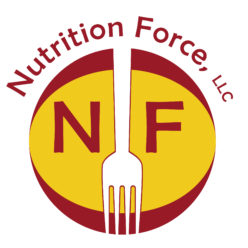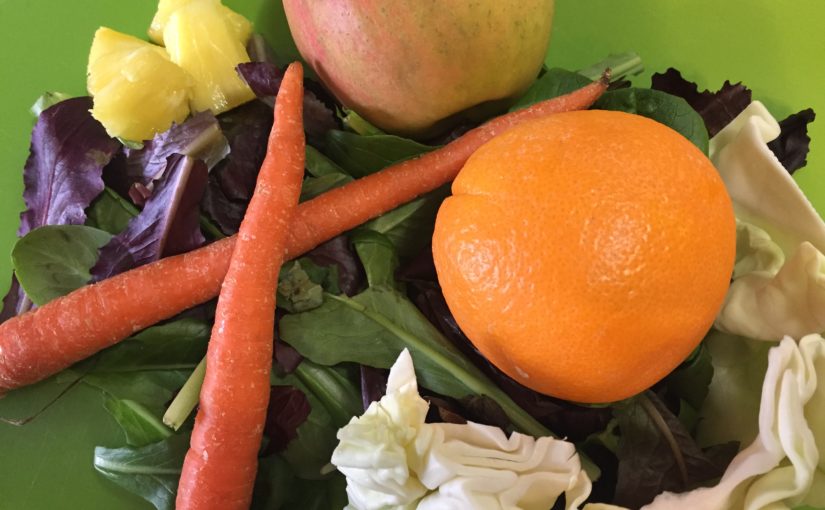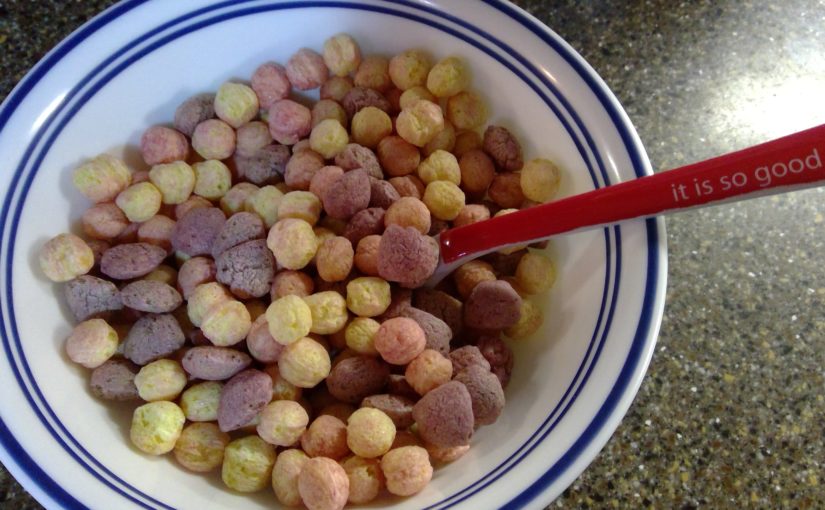The American Diabetes Association Diabetes Alert Day is observed annually on the fourth Tuesday in March. It is a one-day “wake-up call” that focuses on the seriousness of diabetes and the importance of understanding your risk. You can find out your risk for type 2 diabetes by taking a quick quiz at https://www.niddk.nih.gov/health-information/diabetes/overview/risk-factors-type-2-diabetes/diabetes-risk-test.
Facts about Diabetes
- Diabetes affects about 30.3 million Americans
- About 1 in 4 adults (about 72 million Americans) are unaware they have diabetes
- About 84 million Americans have prediabetes. Prediabetes is a condition in which blood glucose levels are higher than normal, but not high enough to be diagnosed as diabetes.
- Nine out of 10 adults with prediabetes don’t know they have it
What is diabetes?
Diabetes is a disease that occurs when your blood glucose is too high. Blood glucose is the body’s main form of energy. Insulin is a hormone that is made by the pancreas and helps glucose get from the food you eat into your cells to be used as energy. Sometimes the body does not make enough (or any) insulin or the body doesn’t use insulin the way it should and therefore glucose stays in the blood and doesn’t reach the cells that need it. Having too much insulin in the blood over time can cause health problems. Did you know there are different types of diabetes? The most common types of diabetes are type 1, type 2, and gestational diabetes.
Type 1 diabetes
This is formerly known as juvenile diabetes. With this type of diabetes, the body does not make insulin. The immune system attacks and destroys the cells in the pancreas that make insulin. Type 1 diabetes is usually diagnosed in children and young adults, but it can appear at any age. People with type 1 diabetes need to take insulin every day to stay alive.
Type 2 diabetes
People with type 2 diabetes have body’s that do not make or use insulin well. Type 2 diabetes can develop at any age, even during childhood, but occurs most often in middle-aged and older people. Type 2 is the most common type of diabetes.
Gestational diabetes
Gestational diabetes develops in some women when they are pregnant. It usually goes away after the baby is born, but women who have had gestational diabetes have an increased risk of developing type 2 diabetes later in life.
What is prediabetes?
Prediabetes means blood glucose levels are higher than normal but not high enough to be diagnosed as diabetes. Over time prediabetes can lead to a person developing type 2 diabetes.
How can type 2 diabetes be prevented?
The best ways to lower your risk of type 2 diabetes is to lose weight and keep it off, move more, and eat healthy foods most of the time.
What can you do?
Use the link above to find out your risk. The sooner you know you are at risk the sooner you can take steps to prevent or manage your diabetes. Did you know that if you have a family history of diabetes, you have a greater chance of developing type 2 diabetes? Other risk factors for developing diabetes include over the age of 45, overweight/obesity, and/or not physically active.
In conclusion, if you are at risk for type 2 diabetes, there are steps you can take to take control of your health. First of all, know your family health history. Family history is a risk factor for developing type two diabetes as well as other serious diseases. Most people with type 2 diabetes have a family member with type 2 diabetes. Secondly, if you have a history of gestational diabetes, you have an increased risk of developing type 2 diabetes. And lastly, develop of game plan to take steps to delay or prevent type 2 diabetes. Taking small steps, such as eating less, moving more, and losing weight can help you prevent or delay type 2 diabetes.




